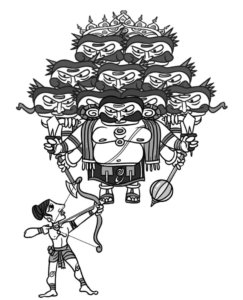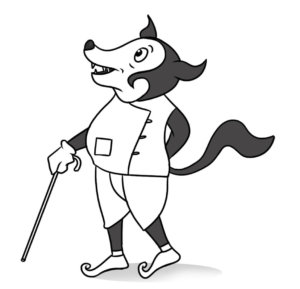CHAPTER 11
THE MISSING LINK
AND WHY DO WE STRUGGLE?
“It is hard to separate the art from the artist.”
― JUICE WRLD
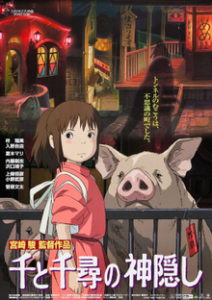
You were captivated by the surrealism of Spirited away; you felt emotionally moved and inspired by the touching journey of a little rat in Ratatouille. You witnessed a jaw-dropping new atmosphere in the first-ever three-dimensional toy story movie, and most of us surely grew up watching the adventure, romance, and magic of Disney’s fairytales and Hanna Barabara’s fun and adventurous acts in the nineties.
Undoubtedly, the industry is blessed with many such highly creative movies, shows, and memorable characters that we all cherish and love.

And when it comes to Indian animated films. The one movie that will instantly appear in your mind is the highly appealing epic mythology of Baby Hanuman, which was released in 2005 and directed by one of the pioneers of Indian Animation, none other than V.G Samant.
And that was, in a way, the dawn of commercial full-length animated feature films in India, and its success and popularity paved the way for many bold filmmakers to try their hands on this medium.
As a result, within a short period, we saw the release of movies such as Roadside Romeo, Delhi Safari, and many more that failed to repeat the magic and impression that Baby Hanuman left on people’s minds.
And soon, we noticed the deterioration in the reputation of Indian animated films at the box office.
But what was the reason behind it, why Disney, Pixar, and Ghibli continue to perplex the audiences after so many years, and Indian commercial movies suffered a decline in their revenues at the silver screen?
Well, the instant reply could be that the stories in Indian films weren’t captivating enough, the quality wasn’t up to the level, or it was challenging to resonate with the characters in those films.
But it is crucial to understand that those factors are secondary because before we can witness a great art, what comes into the picture is the artist.
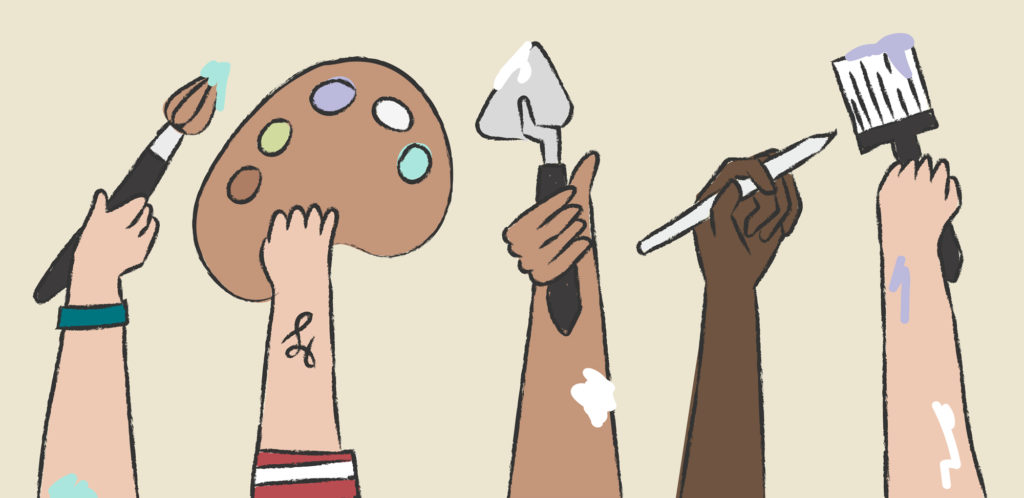
Yes, one vital point that binds all the artistic masterpieces together is the artists working behind them, and more importantly, the artist leading them.
Similarly, let’s take any of the classic motion pictures filled with the illusion of life. You will see legendary names such as Hayao Miyazaki, Brad Bird, John Lasseter, Genndy Tarkovsky, and of course, Walt Disney himself.
They were the creators, minds, and souls behind many iconic and endlessly imaginative movies and shows that helped art reach its honorable place today.
And if you delve more profoundly into it, you will see that one common trait all these creators possess is that they all are “Animators.”

Yes, although Indian producers saw the financial capabilities of animated films, they failed to acknowledge an ancient Indian proverb that says, “The work suits in the hands of the one skilled to do it.”
And suppose you look at the credits of many unsuccessful Indian movies and series. In that case, you will notice that they were often directed, produced, and managed by people who are not into Animation or understand the art the way an Animator would generally do.
I am not stating that a non-animator can’t direct animated films or lead the team of artists, sure they can, and there are exemptions.
But what I am emphasizing is that these films need a specialized technique and strict attention to detail as their core characteristics separate them from the live-action movies, which a non-animator could inadvertently miss.
So being aware of the creative and technical aspects of animation film gives an animation artist a considerable advantage to push the boundaries of conventional craft and effortlessly focus on the soul of the story to strike a delicate balance between fantasy and reality.
So it’s imperative to understand this very fundamental aspect of this illusional art and offer the artists the needed liberty and opportunity to bring their vision on the screen as they are the ones who can get the necessary momentum into this industry.
And that’s just not limited to the process of directing the movies. It should be mandatory for the writing producers operating for the television broadcasters and business heads to have good technical and creative working experience of Animation in their portfolios.
So that they will be able to match the artistic vision of the animation directors, creators, and writers working at the studio level and connect the missing link to help achieve the respect we are striving for in the eyes of our viewers.
But that looks like a long road to travel as animators in our country don’t get the recognition they rightfully deserve and are treated as a labor force than a creative one.
People often forget to discuss their contributions even though they are the ones who put life in a character. An animator in a movie is as important as the actors in live-action films, they are the unsung heroes, and without them, there won’t be the art of animation.
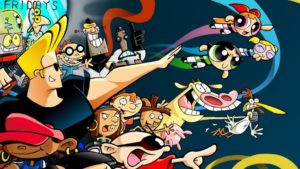
But the problem goes way beyond the recognition. Like so many other factors like long working hours, minimum wages, and mistreatment restrict our artists from expressing themselves freely and contributing to their full potential, unlike artists in the west and Japan who enjoy the perks of creative freedom to improvise their work.
So before we bring the change towards the art, it’s essential to look up to our artists for the longevity and success of this medium.
The time has come that we start to recognize the artistic talent our Animators possess and show faith in their ability to deliver the stories that not only entertain the audiences but leave an everlasting impression that becomes a core part of our memories.
Just a little appreciation and love for our artist can go a long way, and you never know that we might end up finding the next Walt Disney or Gendy Tartakovsky of India.

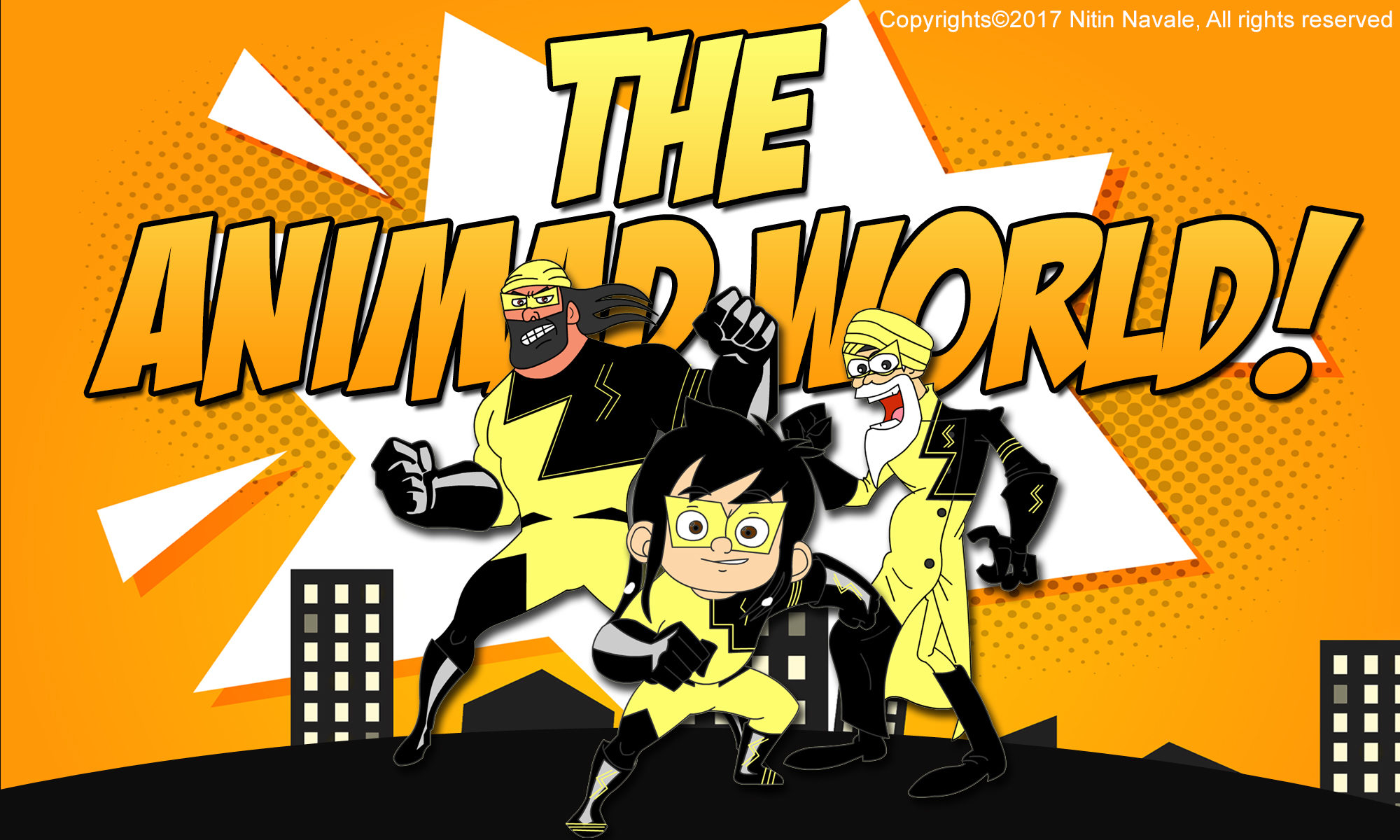

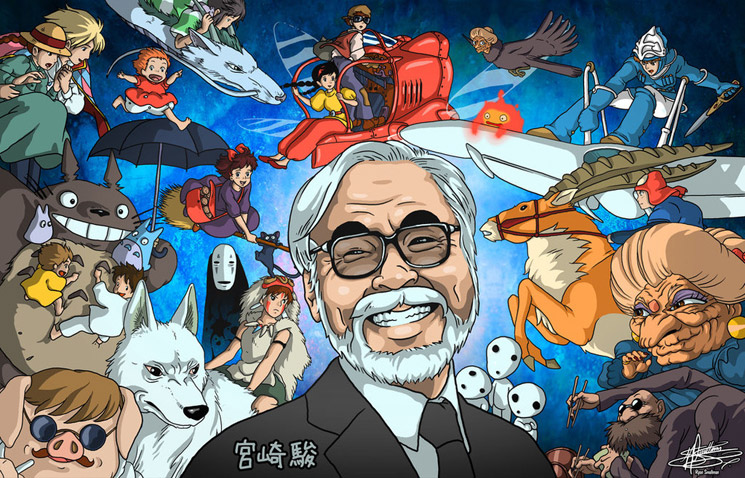
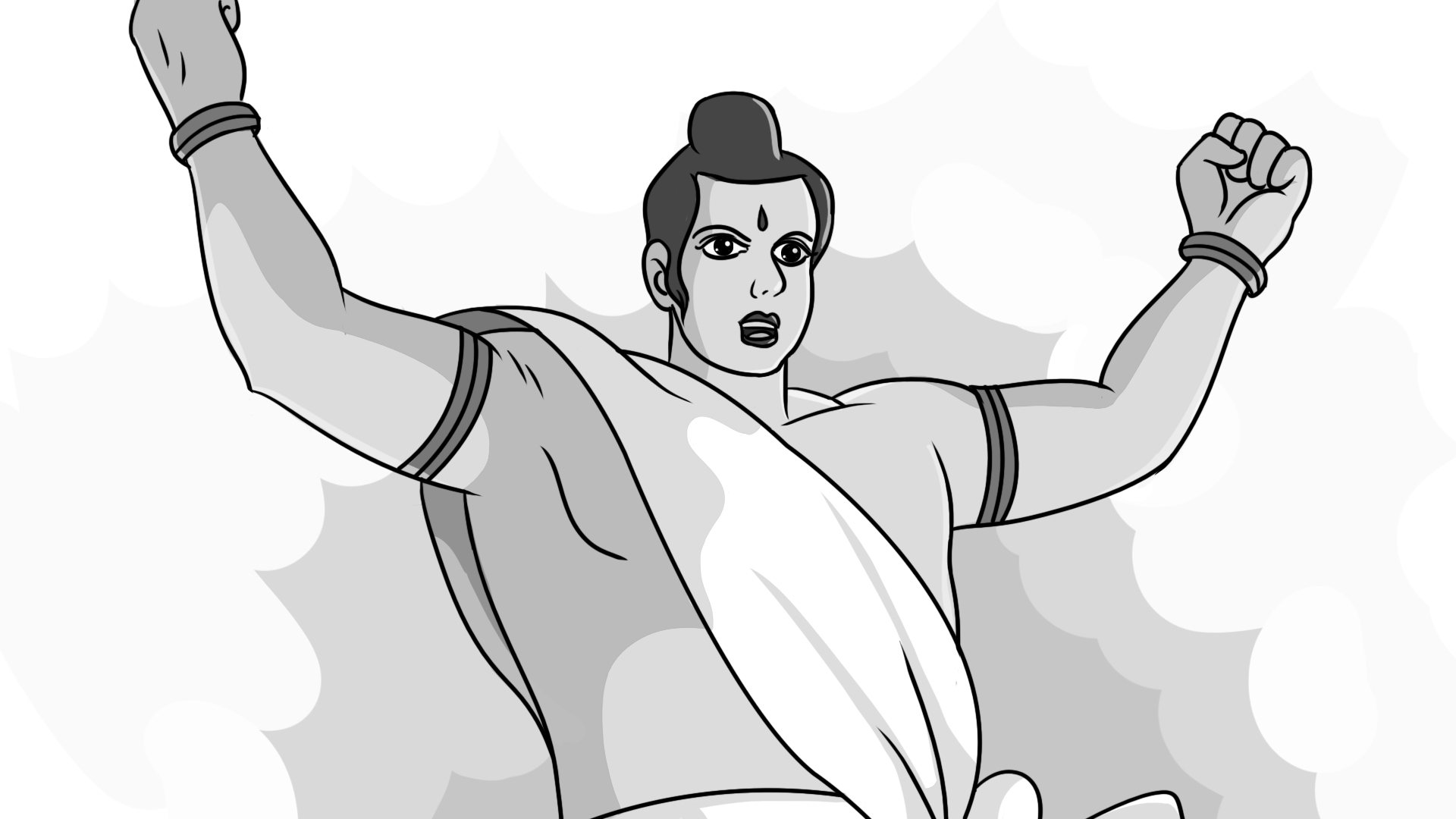

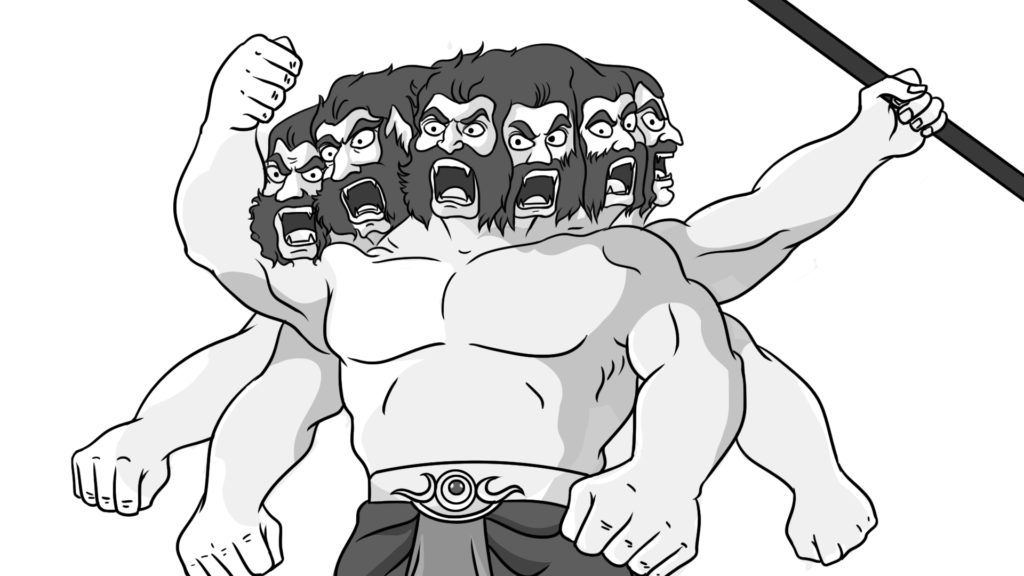
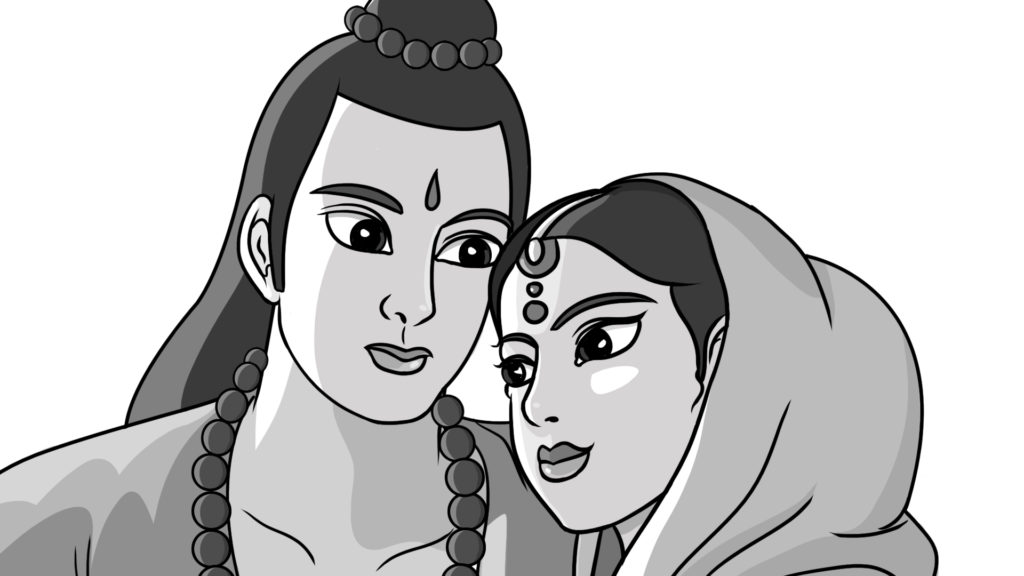 But next came the tricky part: The studio wanted to alter the storyline, sending Ram and Sita into the forest for their honeymoon and substituting the entire myth of fourteen-year exile or Sita’s abduction. They wanted to turn it into a straight adventure concept despite it being a perfect plot in all sense. The producers and Yugo disagreed with it and parted away with the studio as it was clearly against their sensitivity, which eventually prevented it from gaining a wider release.
But next came the tricky part: The studio wanted to alter the storyline, sending Ram and Sita into the forest for their honeymoon and substituting the entire myth of fourteen-year exile or Sita’s abduction. They wanted to turn it into a straight adventure concept despite it being a perfect plot in all sense. The producers and Yugo disagreed with it and parted away with the studio as it was clearly against their sensitivity, which eventually prevented it from gaining a wider release.

